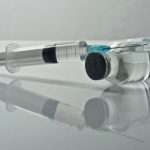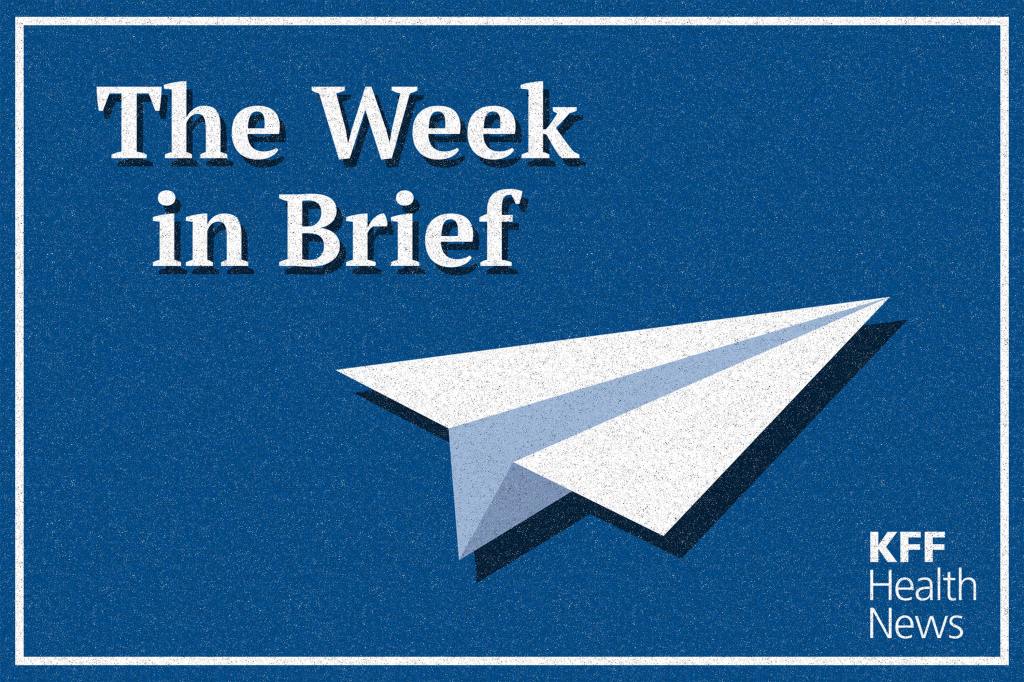Twenty-two million dollars to repay loans for people working in the addiction field. About $12,000 for gun silencers. Sixteen dollars for a children’s book about Spookley the Square Pumpkin.
The purchases varied widely but they all came from the same source: opioid settlement money.
The cash, which comes from companies accused of fueling the overdose crisis, was used in more than 10,500 ways last year, according to an investigation by KFF Health News and researchers at the Johns Hopkins Bloomberg School of Public Health and Shatterproof, a national nonprofit focused on addiction.
The money is expected to exceed $50 billion over nearly two decades, paid by companies that sold prescription painkillers. State and local governments are meant to spend most of it combating addiction. The settlement agreements even outlined suggested uses and established other guardrails to limit unrelated uses — as happened with the Tobacco Master Settlement Agreement of the 1990s.
But there’s still significant flexibility, and what constitutes a good use to one person can be deemed waste by another.
“People died for this money. Families were torn apart for this money. And to not spend it to try to make our system better, so that people don’t have to experience those losses going forward, to me, is unconscionable,” said Stephen Loyd, an addiction medicine doctor who was once addicted to opioids and has served as an expert in several opioid lawsuits.
To compile the most comprehensive national database of settlement spending, KFF Health News and its partners filed public records requests, scoured government websites, and extracted expenditures, which were then sorted into categories, such as treatment or prevention. The findings include:
States and localities spent or committed nearly $2.7 billion in 2024, according to public records. The bulk went to investments addiction experts consider crucial, including about $615 million to treatment, $279 million to overdose reversal medications, and $227 million to housing-related programs.
Smaller, though notable, amounts funded law enforcement gear, such as night vision equipment and Tasers.
Many places funded prevention efforts that experts called questionable, such as a mixed martial arts demonstration and a 1950s-style sock hop, at which kids and seniors wore poodle skirts, posed with inflatable guitars, and pledged to remain drug-free.
Some jurisdictions paid for basic government services, such as firefighter salaries.
The money is controlled by different entities in each state, and about 20% of it is untrackable through public records.
Explore the database here.
KFF Health News is a national newsroom that produces in-depth journalism about health issues and is one of the core operating programs at KFF—an independent source of health policy research, polling, and journalism. Learn more about KFF.
USE OUR CONTENT
This story can be republished for free (details).








